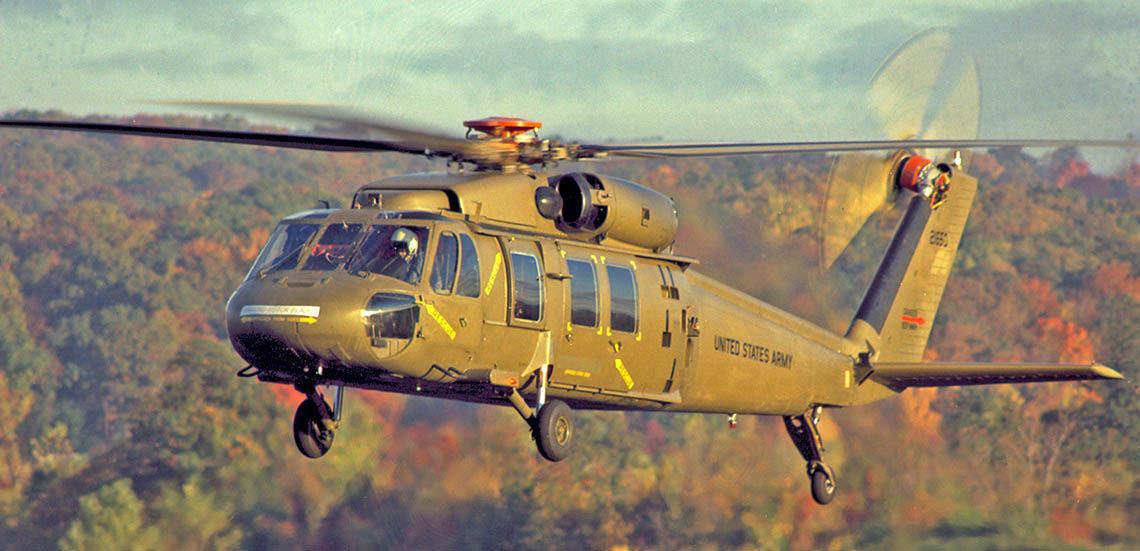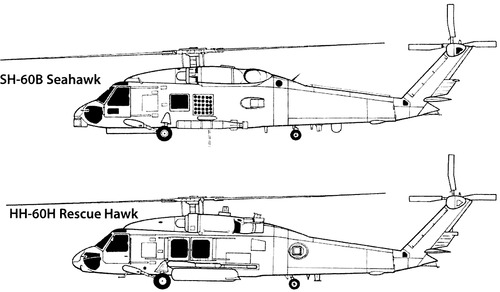How the Sikorsky S 70 Sticks Out in the Helicopter Market
How the Sikorsky S 70 Sticks Out in the Helicopter Market
Blog Article
High-Performance Multi-Role Rotorcraft Featuring Advanced Cabin Technologies and Integrated Sensing Unit Systems
The realm of rotorcraft innovation has actually seen noteworthy improvements in recent times, especially in the realm of high-performance multi-role rotorcraft geared up with sophisticated cockpit innovations and effortlessly incorporated sensing unit systems. In the complying with discussion, we will certainly discover the development of rotorcraft technology, dig right into the realm of advanced cabin developments, and take a look at the effects of incorporated sensor systems on the functional flexibility and performance of contemporary rotorcraft.
Evolution of Rotorcraft Modern Technology
The evolution of rotorcraft innovation has been marked by considerable improvements in aerodynamics, materials, and propulsion systems, shaping the capabilities and efficiency of contemporary rotorcraft. In addition, developments in propulsion systems, including a lot more powerful engines and cutting-edge propulsion modern technologies, have enabled rotorcraft to achieve higher altitudes, faster rates, and higher hauls.
These improvements have not only changed the capabilities of rotorcraft yet have actually also increased their applications across various markets, consisting of armed forces, business, and emergency situation services. The constant development of rotorcraft innovation remains to drive innovation in the area, pushing the limits of what is possible and forming the future of upright trip.
Advanced Cabin Innovations
Building upon the foundational developments in aerodynamics, products, and propulsion systems, the realm of rotorcraft innovation currently shifts focus towards introducing Advanced Cabin Innovations. The assimilation of sophisticated innovations within the cabin atmosphere plays a critical duty in boosting the operational abilities, safety and security, and performance of modern-day rotorcraft. sikorsky s 70. Advanced Cockpit Innovations incorporate a large variety of features made to offer pilots with improved situational recognition, streamlined data monitoring, and intuitive control user interfaces
Among the essential improvements in cockpit layout is the implementation of glass cabins, which replace conventional analog determines with high-resolution displays. These electronic systems provide customizable formats, real-time information combination, and improved readability, making it possible for pilots to accessibility important details at a look. Advanced avionics systems, such as fly-by-wire controls and augmented reality screens, are reinventing exactly how pilots interact with the airplane, allowing for specific control and enhanced decision-making capacities.


Integrating advanced cabin technologies not only boosts pilot performance yet likewise adds to total objective performance and safety and security in complex functional environments. By leveraging state-of-the-art modern technologies within the cockpit, rotorcraft producers are establishing new standards for functional quality and objective success.
Integrated Sensing Unit Systems
With the advancement of rotorcraft modern technology, the assimilation of innovative Integrated Sensor Systems has become extremely important in enhancing functional effectiveness and safety and security. These Integrated Sensing unit Equipments include a broad variety of modern technologies that supply crucial data for numerous features such as navigation, monitoring, targeting, and environmental tracking. By effortlessly integrating sensors like radars, electronic cameras, lidar, and infrared systems right into rotorcraft, drivers can gain from improved situational awareness, enhanced goal abilities, and lowered pilot work.
One trick advantage of Integrated Sensing unit Systems is their ability to gather real-time data and supply actionable understandings to pilots and objective drivers. As an example, advanced radar systems can discover and track targets over cross countries, enabling early hazard detection and effective feedback planning. Furthermore, integrating infrared and electro-optical cameras allows rotorcraft to perform reconnaissance and monitoring goals with precision and accuracy.
Fundamentally, the assimilation of sophisticated sensing unit modern technologies right into rotorcraft not only improves operational effectiveness however also contributes substantially to general objective success and staff safety. As rotorcraft remain to advance, the role of Integrated Sensing unit Systems will undoubtedly remain at the leading edge of innovation in the aerospace market.
Operational Adaptability and Effectiveness
Enhancing operational versatility and efficiency in rotorcraft is an all-natural development from the assimilation of sophisticated Integrated Sensor Equipments. By leveraging the insights and data provided by these sophisticated sensing unit systems, rotorcraft can enhance their efficiency across different goals and settings.
Operational flexibility incorporates the capacity of rotorcraft to adapt to different roles investigate this site and scenarios successfully. With innovative cockpit modern technologies and integrated sensor systems, rotorcraft can effortlessly shift in between jobs such as search and rescue, clinical evacuation, security, and extra. This adaptability boosts the rotorcraft's capability to satisfy check these guys out diverse functional needs without calling for extensive reconfiguration.
Efficiency in rotorcraft operations is crucial for taking full advantage of objective performance and resource use. Integrated sensor systems play an essential duty in improving operational effectiveness by offering real-time data on weather condition conditions, terrain mapping, target tracking, and a lot more. This information enables pilots to make enlightened decisions quickly, maximize trip courses, save fuel, and boost general goal productivity.
Influence on Modern Aviation Workflow

Additionally, the assimilation of advanced sensors assists in enhanced objective preparation and implementation, making it possible for rotorcraft to perform a vast array of tasks with enhanced accuracy. From search and rescue procedures to airborne firefighting and law enforcement objectives, the abilities of contemporary rotorcraft equipped with sophisticated cockpit innovations and incorporated sensor systems are unequaled.
Moreover, the influence of these improvements prolongs beyond operational efficiency to cost-effectiveness and sustainability. By enhancing trip routes, gas intake, and maintenance timetables, high-performance rotorcraft equipped with advanced cabin innovations and sensing units contribute to decreasing functional expenses and environmental effect, making them crucial assets in modern-day aeronautics procedures.
Conclusion
In verdict, the high-performance multi-role rotorcraft with advanced cockpit technologies and integrated sensing unit systems stands for a considerable evolution in air travel innovation. These advancements boost functional versatility and performance, ultimately influencing contemporary aeronautics procedures in a positive means. The assimilation of these advanced innovations enables enhanced abilities and efficiency in numerous mission scenarios, showcasing the continued innovation of rotorcraft modern technology in the air travel industry.
The world of rotorcraft modern technology has actually seen noteworthy advancements in recent times, especially in the world of high-performance multi-role rotorcraft furnished with advanced cabin innovations and perfectly integrated sensing unit systems. From boosted goal adaptability to enhanced operational performance, the merging of innovative cabin technologies and integrated sensor over at this website systems has ushered in a new era of possibilities for rotorcraft applications. In the adhering to conversation, we will certainly discover the advancement of rotorcraft technology, dive into the realm of advanced cockpit developments, and examine the implications of integrated sensing unit systems on the operational flexibility and performance of contemporary rotorcraft.

Report this page